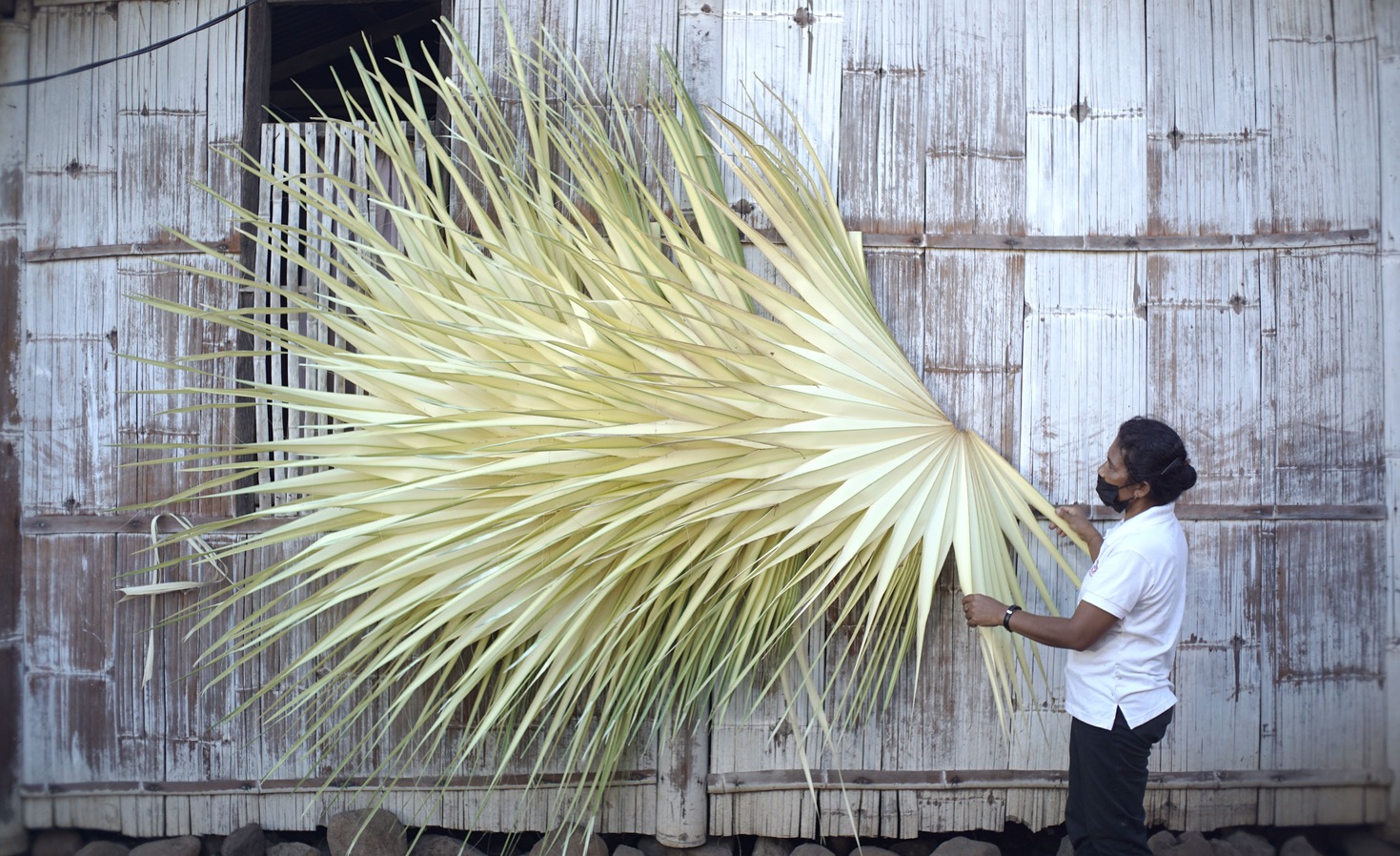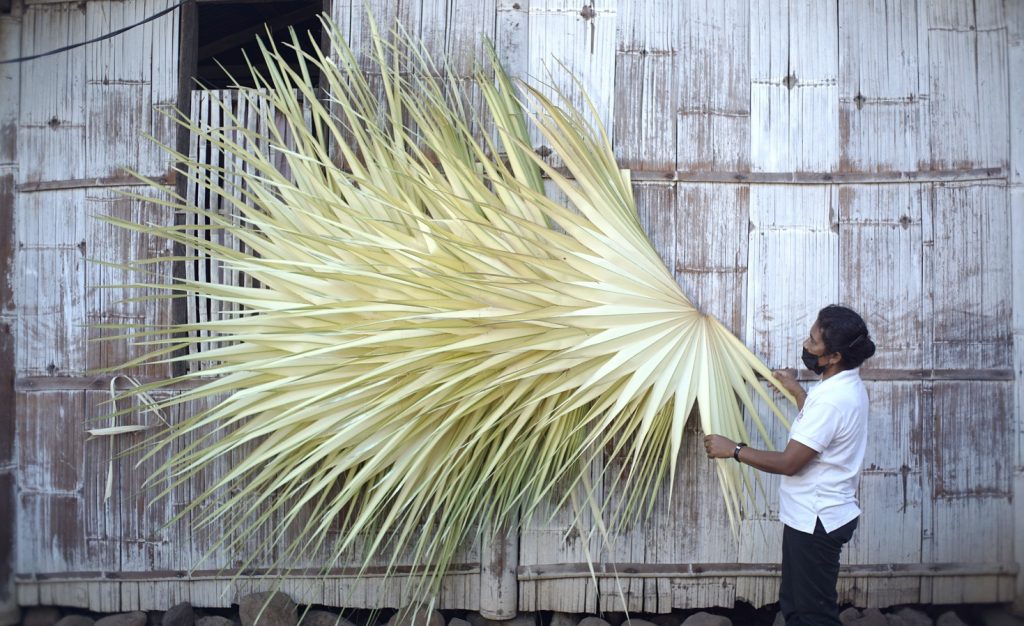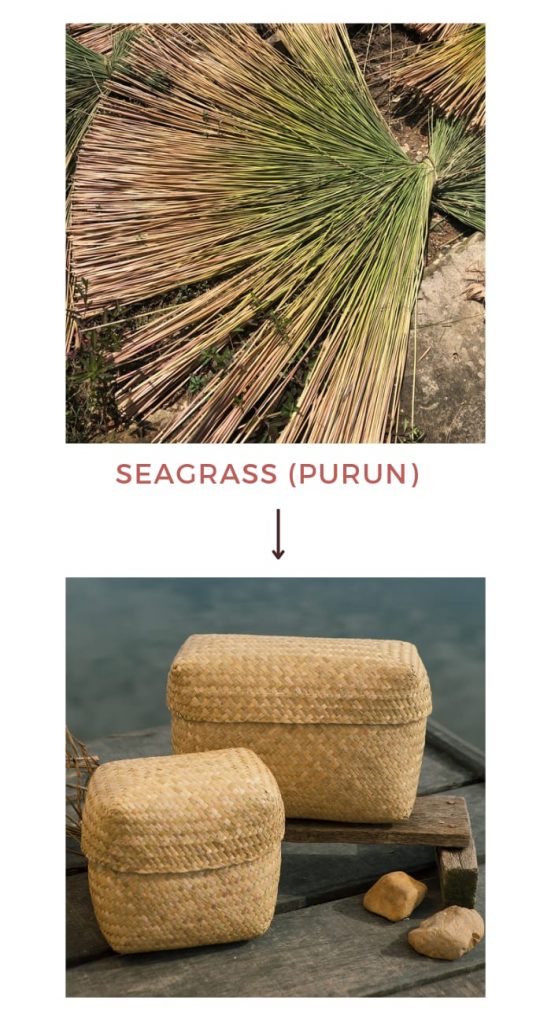Have you ever stopped to think about where the materials for your furniture have come from? Or where the thread in your shirt was made? While it may be a simple question, many of us can’t come up with an answer to this question. This is a problem. Now, it’s not entirely the fault of you or me, after all, many companies around the world try to hide where they get certain items or outsource materials from so many places that it’s impossible to know where your item is from, but the reality is we need to work on this. That’s where the idea of sustainable sourcing comes in. Coupled with company transparency, it encourages the integration of “social, ethical and environmental performance factors into…selecting suppliers” (Ecovadis).
What is sustainable sourcing?
Sustainable sourcing is essentially considering an amalgamation of different performance factors when choosing suppliers to source materials from. While this may seem like a basic concept, it surprisingly isn’t as widely integrated as one may think. Only around 52% of companies use this practices to an extent, and this may not even be entirely sourcing all of their materials in a sustainable manner (PNAS). This is environmentally devastating, as it means that sourcing materials for non-sustainable companies are an environmentally degrading and damaging process. It has the power to reduce impacts of pollution and environmental damage, and can potentially prevent further environmental loss if implemented on a wider scale.
What does sustainable sourcing look like in action?
Sustainable sourcing takes a variety of forms, but its most common model involves companies paying attention to the method behind resource gathering and processing. However, Du Anyam, a social enterprise based in Indonesia, takes its sustainable sourcing campaign one step further. The company is focused on creating wicker products, and they do this by using all-natural materials that can be found locally. While other companies that use this methods may be focusing on ensuring the sustainability of resource harvesting, they might still be transporting materials from long distances.
However, due to Du Anyam’s partnership with rural villages in Indonesia, they’re able to access locally grown plants like Palmyra and Purun to avoid that intermediary transport step. Moreover, they’ve focused on implementing programs to encourage resource growth to protect the environment, with replanting programs, composting, and harvest education. Through these programs, they are able to teach artisans how to sustainably harvest materials, apply environmentally conscious production methods, and overall, create a model for sourcing and harvesting that encourages the long-term prosperity of natural resources. With a model that takes sustainable sourcing one step further, Du Anyam can become one of the best at pushing a sustainable agenda forward.
While it may not seem like a big deal on an individual level, sustainable sourcing is important to consider on the consumer’s end. Supporting companies that are transparent about their sourcing and strive to utilize sustainable methods can ultimately prevent more environmental degradation and help stop our planet from being harmed. We only have one planet, and we must do everything we can to protect it.
Explore how you can partner with us.




